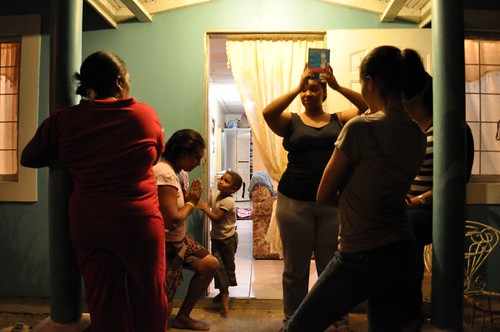
Alice Yard’s final event for 2010 is an exhibition of photographs documenting contemporary parang music in Trinidad, with a performance by the parang group Los Amigos Cantadores.
Isabella Elizalde is a student at Trinity College, Connecticut. She has spent the Fall 2010 semester working in Trinidad under the mentorship of photographer Mark Lyndersay. Her series of photographs titled Unidos por la Musica documents Los Amigos Cantadores over several months leading up to the 2010 Christmas season.
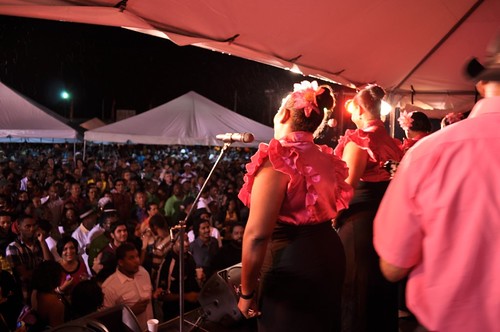
"I began taking photography classes at the age of 14; I had barely started high school, and had an opportunity to take a photography class. I fell in love with the art instantly; I was astonished at what it had to offer and the by the process of development. In college I took my higher level photography class with Pablo Delano. I learned the struggles and tribulations that a photographer has to overcome in order to create a successful series photographs. I took what professor Delano taught me and brought it overseas to Trinidad.
When I first arrived to Trinidad I did not know anyone, I was nervous and afraid to talk to people since I did not know how they would react to me. Shamagne Bertrand, the program director for my study abroad program, mentioned parang music and the group that she is involved in. I decided to go because I thought it would be a great opportunity to meet people. At first I only went to parang practice to help them with their pronunciation, of Spanish words. However after a while I enjoyed the atmosphere and the people. I was amazed at how welcoming they were to a stranger. I thought that this would be a great chance to highlight what it means to be in a Parang group.
Whenever I went to their practices I felt a sense of closeness and community. Like any music group, there were struggles the parang group had to overcome. They helped each other, and by working as a team, were able to rejoice in their triumphs together. Los Amigos Cantadores welcomed and allowed me to document their daily lives. For me, this made my stay in Trinidad even better. Although at times seeing them interact with each with such love, made me a tad bit homesick, I realized how close the group is.
Every Tuesday and Thursday, the group sets up in the driveway of one of the founding members, Neal Marcano. They fill the streets of Trincity with their wonderful music, the singers singing in Spanish, a language that is practically foreign to them, but sung effortlessly with the traditional instruments of parang in the background. For me, it was amazing and wonderful hearing them sing Spanish songs that my mother used to play for me when I was younger. I truly was immersed in Trinidadian culture in a way I never expected. It is safe to say that without meeting the parang group, I would not have had such a great time in Trinidad. Documenting Los Amigos Cantadores, not only taught me the virtue of community, but also took me on an unforgettable journey in which I was able to find myself through photography. Los Amigos Cantadores welcomed me with open arms and I would like to return the favor and thank them for their kindness, for which I am eternally grateful."
See portfolio here


















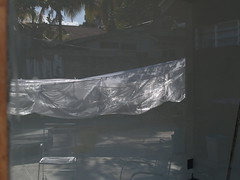
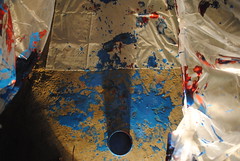
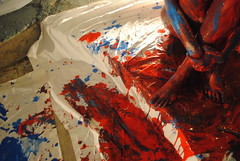
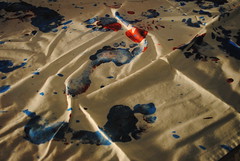



 I’ve been working on creating interior image outlines from real photos through Illustrator. It amazes me how time consuming graphic work can be when trying to be accurate. These drawings have been helpful in deciding color choices for the space, but also in giving me practice in this line of design work because interior designers and architects must spend a lot of time drawing and making models before actually altering the space. The hardest part is being both the designer and the main laborer. I don’t want to get too theoretical/ideal in my designs because I can only do so much manual labor between classes, but I also don’t want to jump into physical decisions before taking time to analyze my reasoning. It’s not easy, but I am not giving up on this project. It is something I feel needs to be done. So a huge thanks to Nathaniel for continuing to work with me and be patient as I learn how to use these programs. The above images are still in process, but looking good, if I may say so.
I’ve been working on creating interior image outlines from real photos through Illustrator. It amazes me how time consuming graphic work can be when trying to be accurate. These drawings have been helpful in deciding color choices for the space, but also in giving me practice in this line of design work because interior designers and architects must spend a lot of time drawing and making models before actually altering the space. The hardest part is being both the designer and the main laborer. I don’t want to get too theoretical/ideal in my designs because I can only do so much manual labor between classes, but I also don’t want to jump into physical decisions before taking time to analyze my reasoning. It’s not easy, but I am not giving up on this project. It is something I feel needs to be done. So a huge thanks to Nathaniel for continuing to work with me and be patient as I learn how to use these programs. The above images are still in process, but looking good, if I may say so.




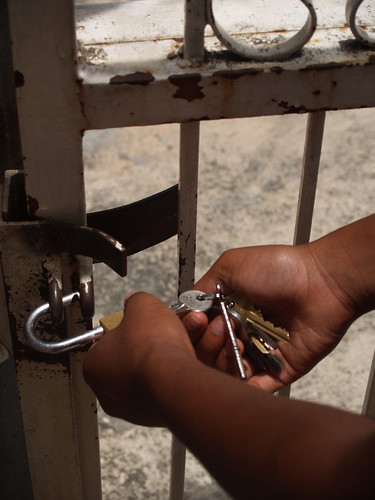

 Intervention 0: Following an evening social event, the couches were already arranged in a living room style, facing the television. The long couch acted as a room divider and was backed by a long fold-out table with a few chairs near to the entrance. I wondered what class would be like in an informal living room setting and contemplated moving the couches to face the blank wall with the white board rather than the television set. I was given permission from the directors to leave the setup for the Wednesday class, but Tony Hall disagreed and removed the tables completely, fixing the sturdy blue chairs in the usual large circle. Two program students later mentioned that the couch setting would have been too comfortable anyway and they wouldn’t have been able to concentrate on the lecture. This prompted the question: What is more important, comfort or effectiveness? Should a classroom have a balance of both? Is this factor decided by the user or the environment?
Intervention 0: Following an evening social event, the couches were already arranged in a living room style, facing the television. The long couch acted as a room divider and was backed by a long fold-out table with a few chairs near to the entrance. I wondered what class would be like in an informal living room setting and contemplated moving the couches to face the blank wall with the white board rather than the television set. I was given permission from the directors to leave the setup for the Wednesday class, but Tony Hall disagreed and removed the tables completely, fixing the sturdy blue chairs in the usual large circle. Two program students later mentioned that the couch setting would have been too comfortable anyway and they wouldn’t have been able to concentrate on the lecture. This prompted the question: What is more important, comfort or effectiveness? Should a classroom have a balance of both? Is this factor decided by the user or the environment? 
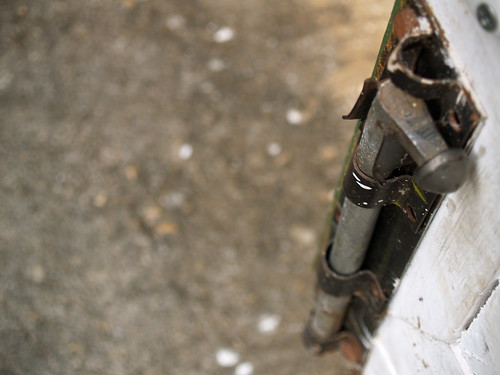
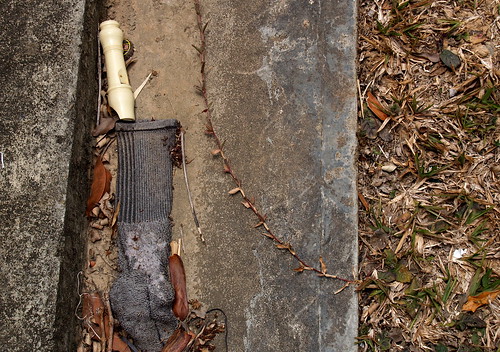


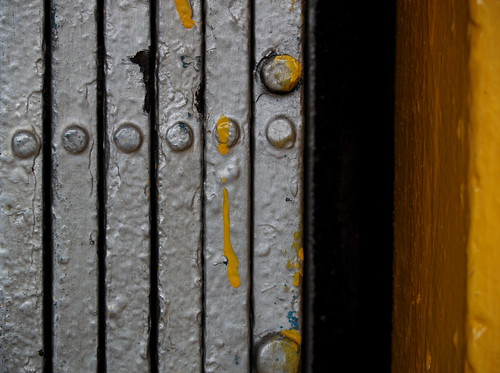
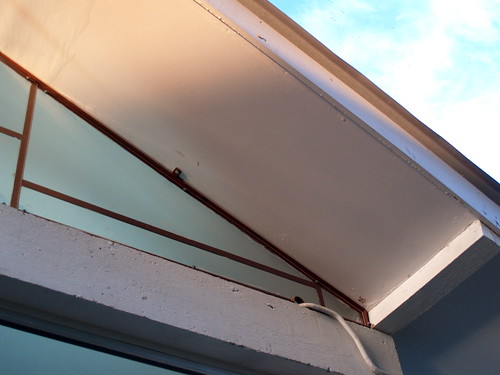



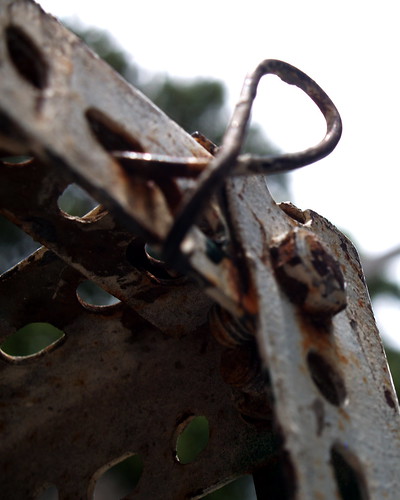
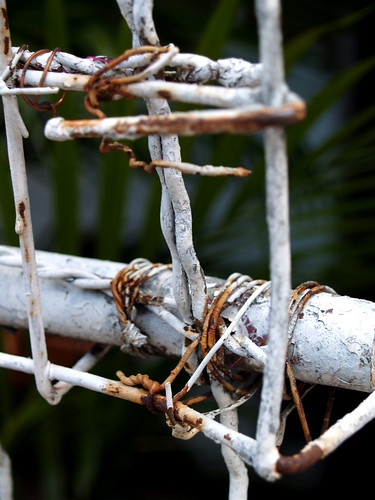
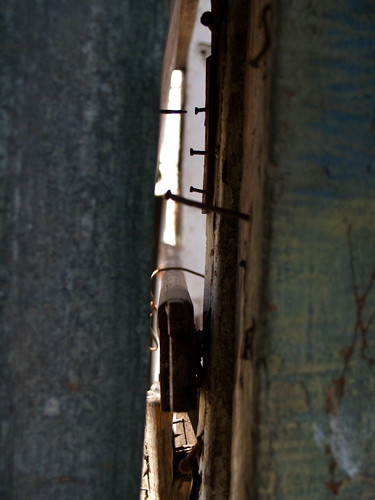

 In observing how people use the space, and how I wish the building could be used, Nikki also mentioned that I should try to photograph people using the space in various ways. It would be interesting to note how its uses change with the day of the week or if my physical arrangement impacts how it is used. I’ve even gotten permission to leave the ‘living room’ couch set up for class on Wednesday, so we’ll see how the arrangement changes the classroom environment and group dynamics.
In observing how people use the space, and how I wish the building could be used, Nikki also mentioned that I should try to photograph people using the space in various ways. It would be interesting to note how its uses change with the day of the week or if my physical arrangement impacts how it is used. I’ve even gotten permission to leave the ‘living room’ couch set up for class on Wednesday, so we’ll see how the arrangement changes the classroom environment and group dynamics.